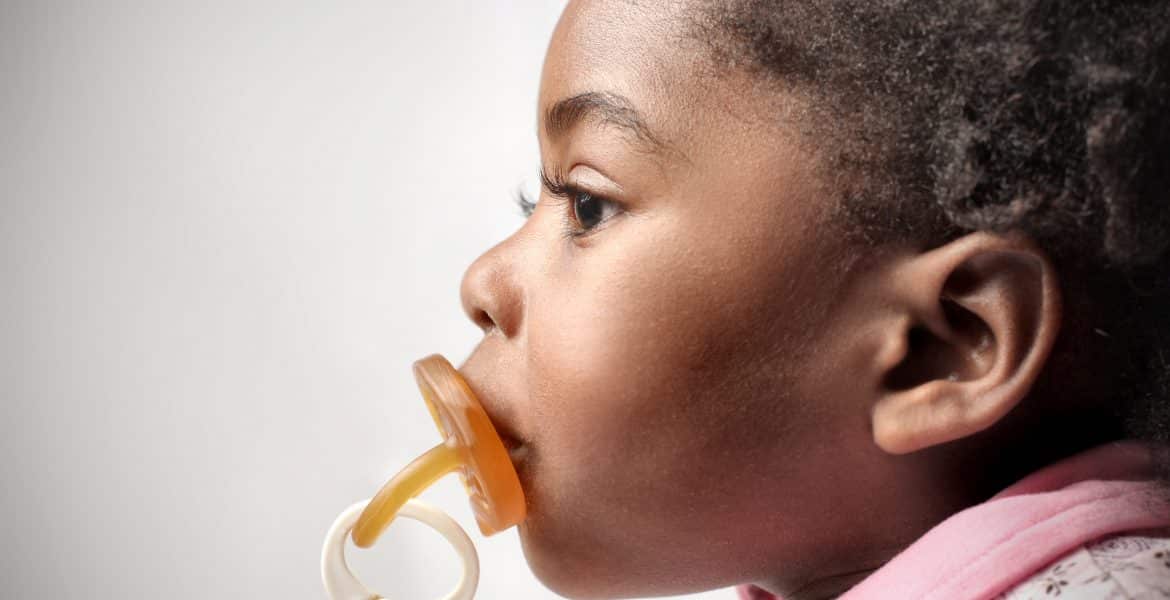At 12 months, my daughter Amy had two teeth and some good-looking gums for her 1st year photos. Even at 18 months, she sported only 6 teeth. Her teeth came in slowly and relatively painlessly. The dreaded teething for her was a breeze. My son, on the other hand, was a different story. He had his first tooth sprout through around 2 months and subsequent teeth followed in rapid succession. By age one, he had 12 teeth! Teething for him was one miserable marathon! How can two developmentally normal children have such dramatically different teething patterns? It’s all in the genes. Children will teeth based on their genetic code. It’s impossible to speed up or slow down the process.
It is not uncommon for a child to have “teething bouts,” which can include fussiness, low-grade fever (under 100.8F), drooling, and biting. A tooth may or may not erupt during the episode, but if it doesn’t it will usually erupt soon afterward. Some children sprout one tooth at a time, others multiple teeth. The average age for the first tooth is 7 months but can range from 2 months to 13 months. Teeth tend to erupt from the center and then spread outward (central incisors first and then lateral incisors and canines). Molars will sometimes erupt in sequence with the lateral incisors.
For Amy, teething was a breeze. I never tried any sort of teething product with her. She didn’t need it! Michael, on the other hand, was miserable. For those parents with kiddos like Michael, here are a few things that may help:
1) Cold ‘anything’ that is baby safe! This could include a cold spoon, washcloth, teething toy, cold baby food, etc. The cold helps relieve pain from inflammation the tooth causes as it erupts. My son’s item of choice was a really cold washcloth. I would have to keep switching it out for another cold rag but it really helped soothe him.
2) Infants’ Tylenol. In the peak of teething woes, I would often give my son a dose of Tylenol before putting him down at night. It really helped prevent him from waking up in pain. Given once, or twice a day, at the peak of teething woes, Tylenol can definitely help cut down on the fussiness.
3) Homeopathic teething gels. These over the counter products can help BUT you need to read labels and see what is and see what ingredients they contain. Avoid any product that contains benzocaine, alcohol, or dyes.
4) Breastfeeding. I found that my son nursed for comfort during teething episodes rather than nutrition, breastfeeding calmed and soothed him. This physical, nurturing connection can sometimes be as powerful as other methods of pain relief.
5) Non-toxic chewable toys. Teething babies often like to chew. Having items readily available that are safe to chew can make for a satisfied baby. There are even teething necklaces for mom’s to wear with non-toxic rings a baby can gnaw on.
Whether your baby is miserable or unphased, teething does eventually come to an end. And although you may always remember the process, your baby will have no long-term memory scars!


2 servings
1 slice
* The % Daily Value (DV) tells you how much a nutrient in a serving of food contributes to a daily diet. 2,000 calories a day is used for general nutrition advice.